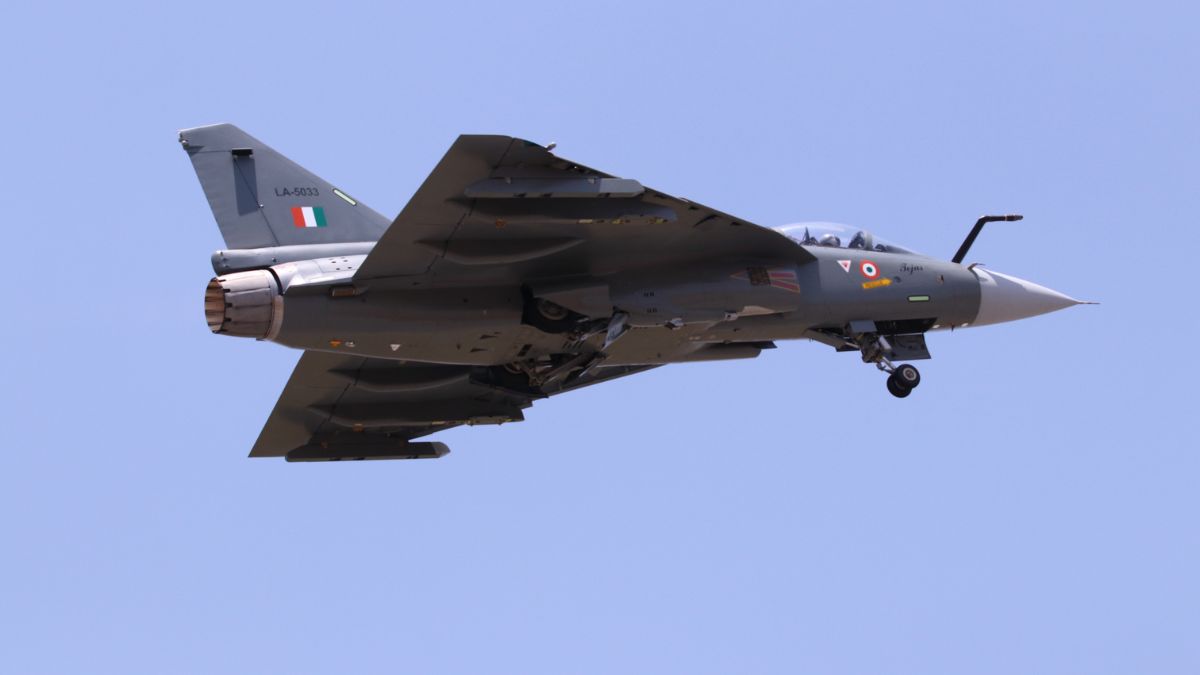As Japan makes headway in maritime defence exports, India has been exploring potential aerospace collaborations with Tokyo, particularly in advanced jet engine technology.
According to Bloomberg, people familiar with the matter indicated that India’s outreach to Japan forms part of a wider strategy to engage with manufacturers from at least three other countries — including the UK and France — to jointly produce fighter jet engines. These discussions, which are also underway with Rolls-Royce Holdings PLC and Safran SA, aim to accelerate the acquisition of high-performance engines for India’s twin-engine fighter projects. Officials reportedly said that the Defence Research and Development Organisation (DRDO) would evaluate these offers, and that the Ministry of Defence was seeking swift government clearance.
Lessons from engine supply disruptions
India’s interest in diversifying its defence partnerships with Japan is partly informed by difficulties with Western suppliers.
India signed a significant agreement with the United States in June 2023 to co-produce the more powerful GE F414 engine domestically for the Tejas Mk2, including an estimated 80 per cent technology transfer.
While seen as a positive step, give the current geopolitical situation, India needs to actively pursue alternative suppliers as a hedge against potential bottlenecks.
Australia deal kindles hope for Japan
Japan’s ability to win and execute complex international defence contracts, as demonstrated in the naval sector, offers a useful indicator of its potential to deliver similarly sophisticated aerospace systems in partnership with India.
The Mitsubishi Heavy Industries’ (MHI) $6.5 billion frigate deal with Australia could mark a turning point in the regional defence perspective, particularly as nations look to diversify supply chains and reduce reliance on a limited number of Western suppliers, Financial Times reported.
From export restrictions to a breakthrough
For decades after the Second World War, Japan maintained a self-imposed ban on almost all arms exports, effectively confining its technologically advanced industrial base to serving only its Self-Defence Forces.
This policy shift began in 2014, when Tokyo eased restrictions, yet major international contracts remained elusive. The most notable setback came in 2016, when Japan lost out to France on a $35 billion Australian submarine contract.
Impact Shorts
More ShortsThe tide appeared to turn with the announcement earlier this year that MHI had been chosen as Australia’s preferred supplier for a new class of frigates.
The upgraded Mogami-class frigate design met Australia’s operational needs, including a smaller crew complement of 90 compared to competing European designs requiring around 120 personnel, longer cruising ranges and increased weapons capacity.
Moreover, MHI was able to guarantee delivery of the first vessel by 2029, plugging a capability gap as the Royal Australian Navy retires its Anzac-class ships.
While the upfront cost was higher, Australian officials reportedly calculated that the Japanese design would be more economical over its lifetime due to lower operating and personnel expenses and a longer hull life, The Financial Times said in a report.
The deal, if finalised as planned next year, would be Japan’s first international sale of a complete lethal defence platform since 1945 and could serve as a model for future exports of warships, missile systems and radar technologies.
Constraints on Japan’s defence expansion
Despite the milestone, Japan faces challenges in scaling up its defence production. Industry leaders have warned of capacity and labour shortages, particularly as Tokyo plans to increase defence spending to 2 per cent of GDP by 2027.
Kawasaki Heavy Industries’ chair Yoshinori Kanehana noted that red-hot demand had already strained production lines, with annual CH-47 Chinook helicopter orders nearly tripling from 2017 to 2024. He stressed that while the sector needed to expand capacity, recruiting and training specialised workers remained a significant hurdle, The Financial Times said.
MHI’s contract also involves producing the first three frigates in Japan, with the remaining eight to be built in Australia in partnership with Austal. Corey Wallace, an associate professor at Kanagawa University, cautioned that Japan’s limited experience in managing overseas defence maintenance, services and supply chains could complicate the execution of such projects.
Jennifer Parker of the Australian National University similarly told Financial Times that any delays could strain bilateral ties, though successful delivery could firmly establish Japan as a credible alternative supplier in the global arms market.
Convergence of strategic interests
The convergence of Japan’s push to expand its defence exports, its proven industrial base and India’s urgent need for diversified and advanced propulsion systems presents a window of opportunity for both countries.
For India, securing Japanese engine technology could reduce dependence on Western suppliers, mitigate the risk of supply disruptions and accelerate the realisation of indigenous aerospace capabilities.
Bloomberg’s reporting also suggested that India’s move to seek partners beyond Washington should not be interpreted as a strain in US ties, but rather as part of a broader plan to secure reliable defence supply chains — a lesson reinforced by engine delivery delays from existing suppliers.
For Japan, a successful collaboration would demonstrate its readiness to supply cutting-edge systems beyond its immediate alliance network, reinforcing its position in the global defence market.
)